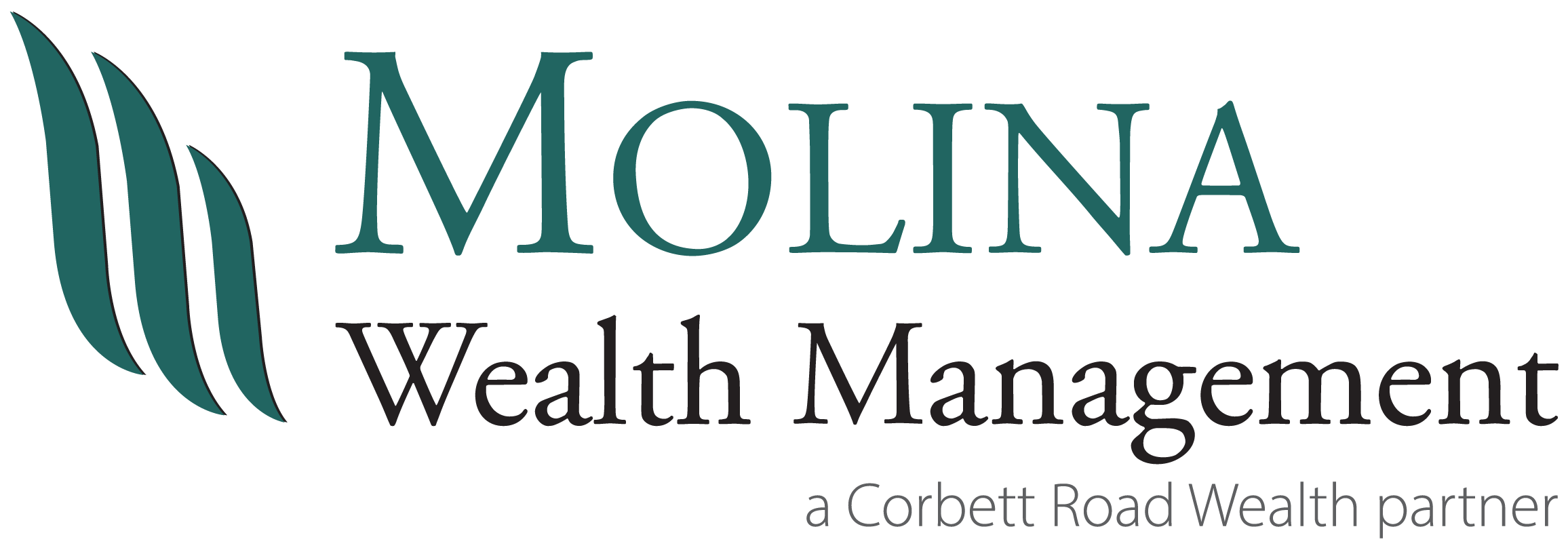December 2023
As we approach 2024, the positive alignment of both macrocast™ and microcast™ is significant, indicating improving conditions for risk assets. However, we must acknowledge that although the macrocast™ score is positive, it is still relatively low. While we have not seen a positive score immediately fall back below zero, a market correction could push the score back into negative territory. Read More
November 2023
Recent statements from Federal Reserve officials suggest the US central bank may be at the end of its aggressive rate hike cycle that began in early 2022. Still, higher rates and the continuation of Quantitative Tightening reflect the Fed’s commitment to tighter-for- longer monetary policy as they aim to curb inflation without inducing an economic recession. Read More
October 2023
Although the S&P 500 has posted strong year-to-date returns, major asset classes have largely stagnated over the past two years. Since the beginning of 2022, major equity and bond indices have declined between 4% to 20%. However, over the long term, both stocks and bonds have historically exhibited positive real returns, and we expect that will continue to be the case going forward. Read More
September 2023
In August, headline inflation—influenced by rising gas prices—accelerated to 3.7% year-over-year growth, up from 3.2% in the prior month. On the positive side, core inflation continued to slow, dropping to a rate of 4.3% year-over-year. While the trend in core inflation is encouraging, there is still work to be done in achieving the Federal Reserve’s 2% target, and another rate hike is still possible before year end. Read More
August 2023
Every August, we “Chart the Course” by reviewing a series of charts illustrating key trends in the economy and markets. We hope you enjoy these, and we will resume publication of our regular commentary in September. Read More
July 2023
Leading indicators continue to signal potential economic softness on the horizon, while the robustness of coincident indicators paints a picture of a healthy economy. We predict that this divergence will likely sort itself out by the end of 2023 or the beginning of 2024, resulting either in a downturn or a positive inflection in the business cycle. Read More
June 2023
The stock market, as measured by the S&P 500, is set to finish the first half of the year with double-digit gains. This is in stark contrast with leading economic indicators, which suggest a recession is still a high probability. Read More
May 2023
As expected, the Federal Reserve raised the target interest rate by 0.25% earlier this month, marking what could be the end of this cycle’s rate hikes. Should this prove to be the case, it would be the quickest rate-hike cycle in the past four decades. Read More
April 2023
Major asset classes enjoyed a strong start to the year, a reversal of the way 2022 began. Equities around the globe and across market caps saw mostly positive returns. Bonds also performed well, with the Bloomberg Aggregate Bond index posting its best return since Spring 2020. Read More
March 2023
The banks that have failed over the past week were among the riskiest financial institutions, given their outsized exposure to clientele in the tech industry. Still, the collapse of these banks highlights the consequences of the Fed’s rapid shift in monetary policy. Following a multi-year period of zero interest rate policy, the Fed has increased interest rates at a historic pace bring down inflation. The speed of this tightening and the sharp draining of liquidity creates stress on the financial system. Read More
February 2023
So far, in 2023, the contradicting signals of macrocast™ and microcast™ is the defining market theme—in essence, it is a clash between a recession and a soft landing. A tight labor market and improving market returns are key factors supporting the soft landing narrative, but it’s important to remember that hope for a soft landing always precedes a recession. Read More
January 2023
Markets faced several headwinds in 2022, including high inflation, historic tightening by central banks, and the Ukrainian war. Inflation was a driving factor in the markets throughout the year, with the headline consumer price index reaching a 40-year high of 9.1% in June. Read More




